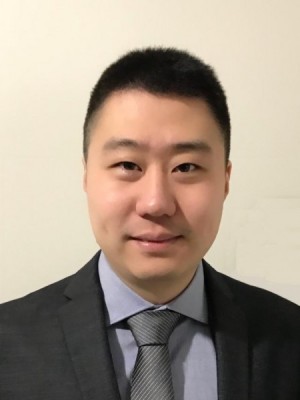
Researchers at The Ohio State University have unveiled a groundbreaking method that enables liquid crystals to retain information about their movement, according to a recent study published in Nature Physics. This innovative approach could revolutionize technologies such as memory devices and sensors, while also paving the way for the development of smart and flexible soft materials.
Liquid crystals, widely used in LCD screens for televisions and smartphones, possess unique properties due to their ability to mimic both liquids and solids. However, soft materials like liquids, gels, and polymers, despite their lightweight and easy-to-process nature, often suffer from deformation and require frequent replacement. The new method addresses these limitations by programming the movement of liquid crystals using external forces like water droplets.
Understanding Liquid Crystals and Their Potential
Everyday materials are composed of molecules that align in specific directions. Liquid crystals, however, could achieve greater utility if their molecules were uniformly aligned, a state known as polar order. Achieving this in soft materials has been challenging, explained Xiaoguang Wang, co-author of the study and assistant professor in chemical and biomolecular engineering at The Ohio State University.
“Soft matter can’t compete with existing solid-state storage in speed, reliability or miniaturization, so the question becomes how might we control its internal structure to make it competitive or comparable to traditional hard materials,” said Wang.
In their quest for a solution, researchers discovered that they could manipulate the movement of liquid crystals by applying external forces. In this particular study, water droplets were used to influence the liquid crystal’s interface. The team etched pillars into silicon, infused liquid crystals between them, and introduced a water layer on top. Much like a magnet’s poles responding to a magnetic field, the molecules reacted to the droplet’s movement, aligning in the corresponding direction.
Implications for Future Technologies
Remarkably, the experiment demonstrated that liquid crystal molecules could be programmed to remember their orientation, suggesting new methods for soft materials to exchange information without electronics. Wang noted,
“It can memorize the directionality of the information that we write into it, which means that our vector-based system operates like a memory device.”
While the integration of this method into larger projects is ongoing, controlling the molecular alignment of liquid crystals could lead to novel functionalities across various technologies and even new types of physics. Ufuoma Kara, lead author of the study and former graduate research associate at Ohio State, emphasized the potential for expanding the knowledge embedded in these systems.
“By imposing a greater level of polarity within these liquid crystal materials, we can explore new levels of applications,” Kara said.
Looking Ahead: The Future of Liquid Crystals
The prospect of cultivating materials with these capabilities on a larger scale suggests that future generations of liquid crystals could serve as both ultra-small computer processors and vast, reprogrammable memory storage devices. Kara expressed optimism about the discovery’s potential to inspire young scientists.
“There’s something very exciting in this discovery, and I think it’s a great foundation to spark some curiosity in young people who want to pursue this type of science,” he added.
The study involved contributions from a diverse team of researchers, including Boyuan Chen, Rajdeep Mamtani, Yang Xu, Alan Weible, Eric Boerner, and Zhan Yang from Ohio State, as well as Simon Čopar and Uroš Tkalec from the University of Ljubljana, Shucong Li from the Georgia Institute of Technology, Yuxing Yao from the California Institute of Technology, and Robin L. B. Selinger from Kent State University.
This research was supported by the National Science Foundation, the Ohio State Materials Research Seed Grant Program, the Center for Emergent Materials, the Center for Exploration of Novel Complex Materials, and the Institute for Materials Research.







